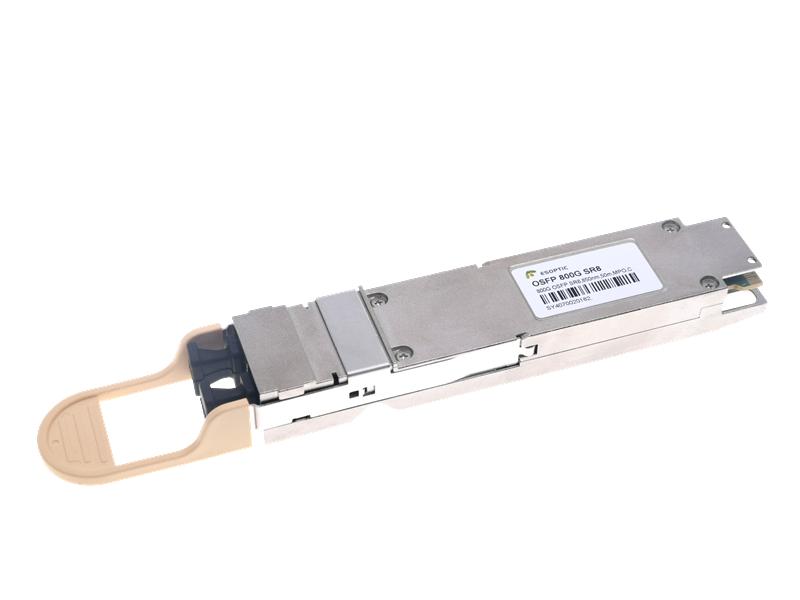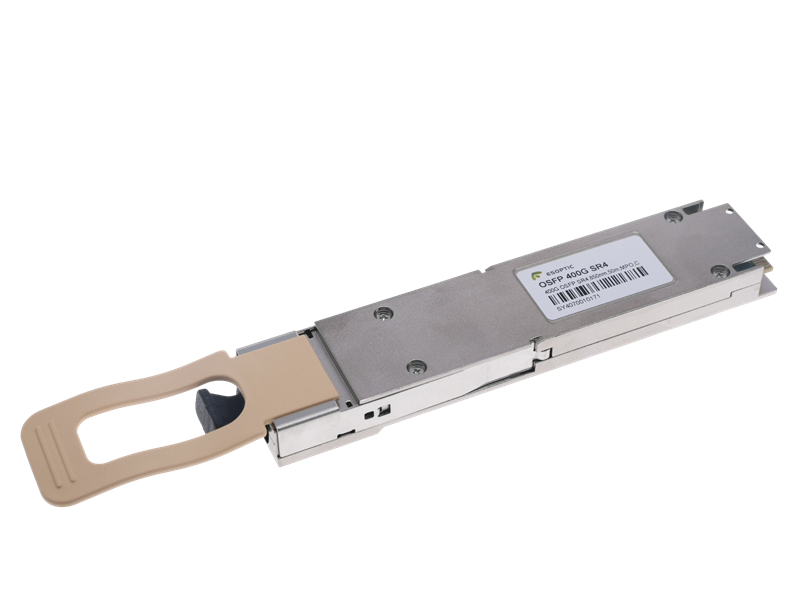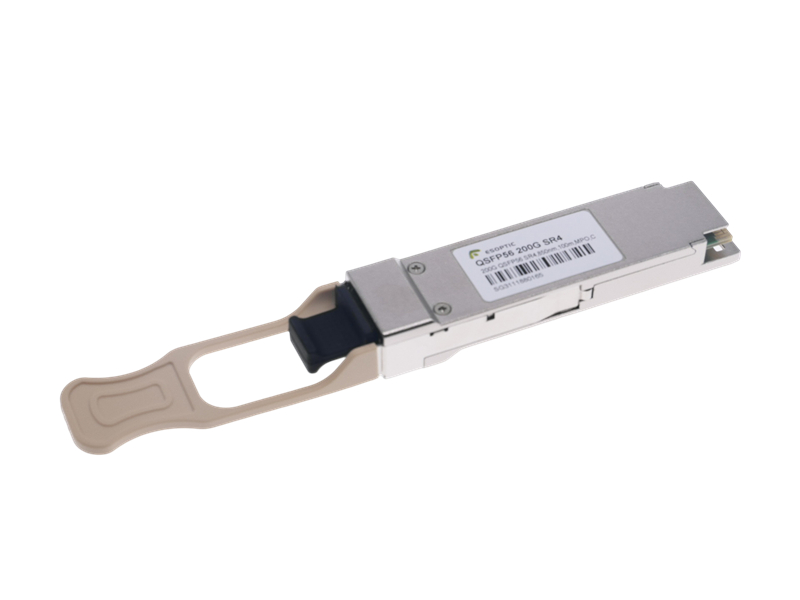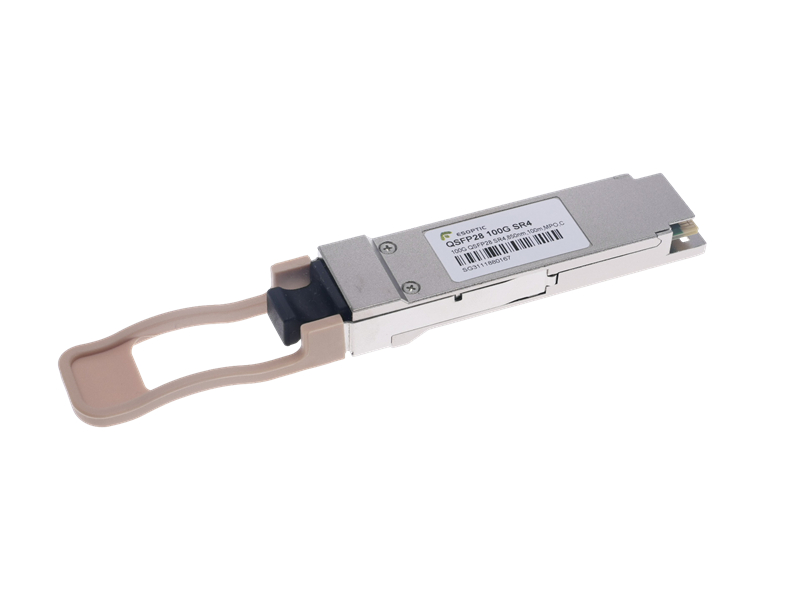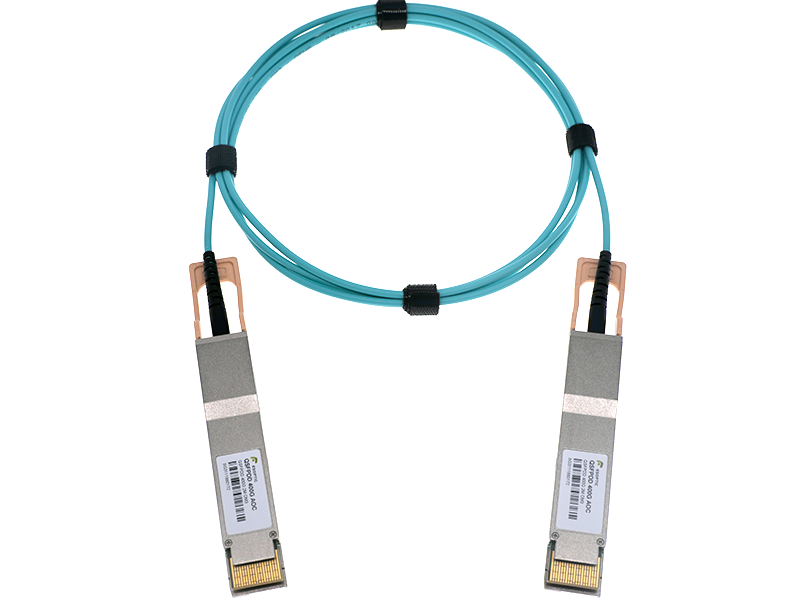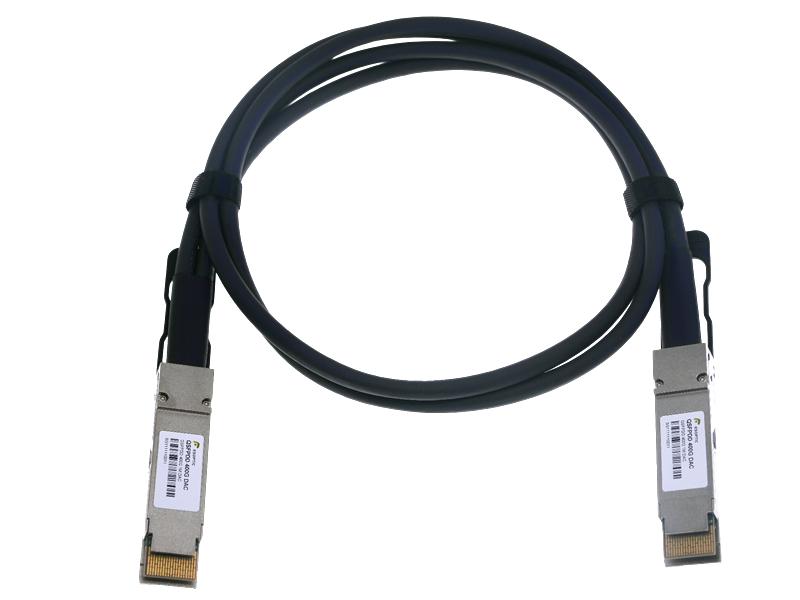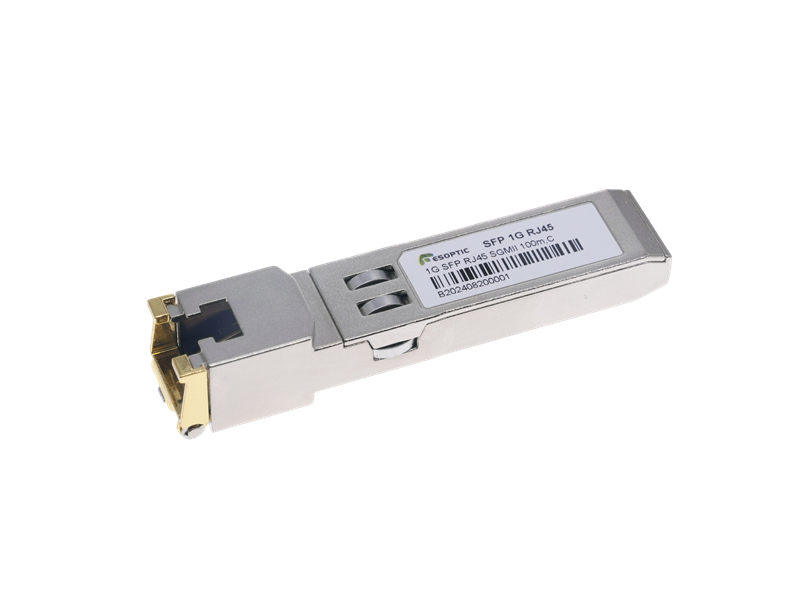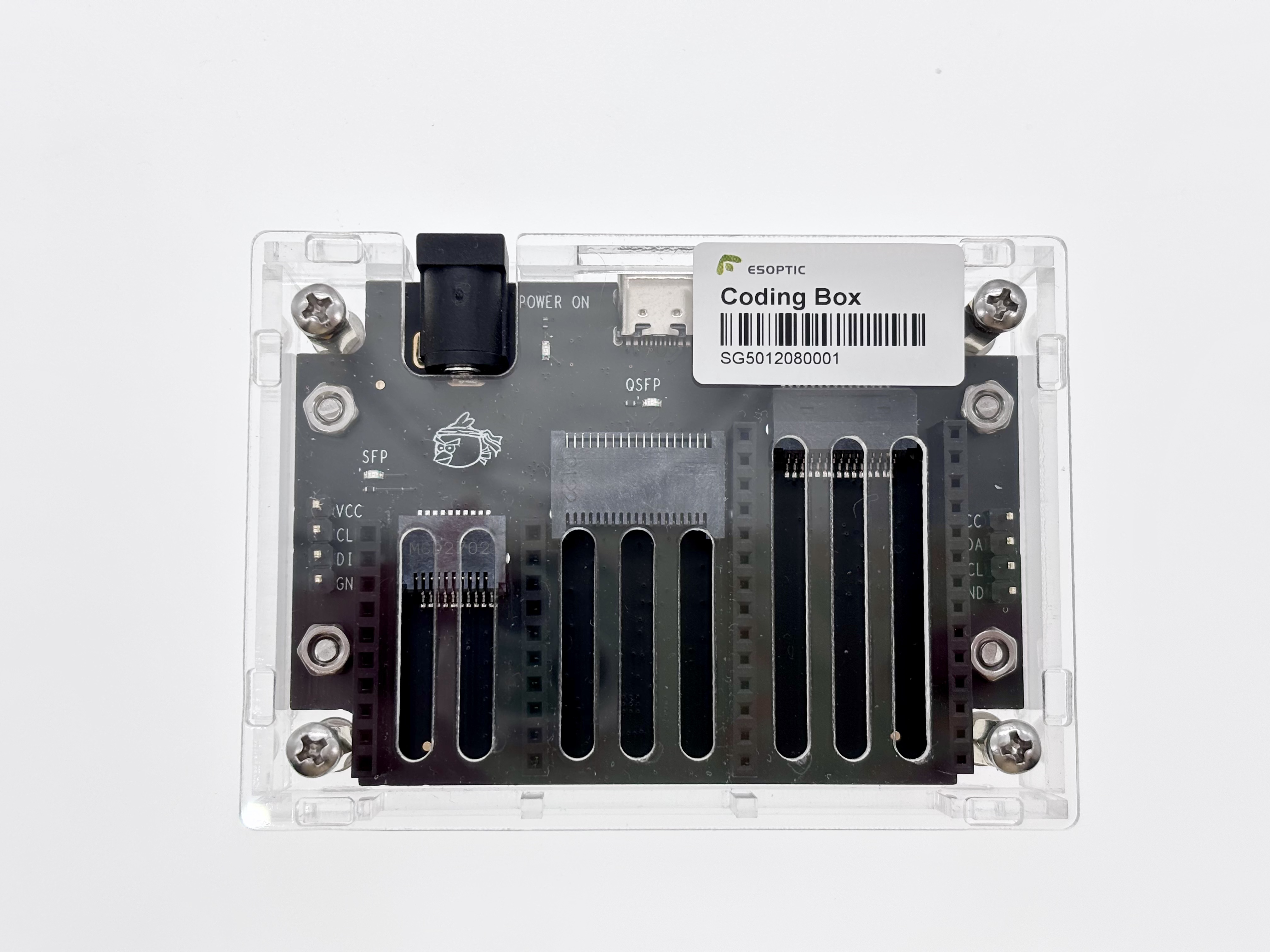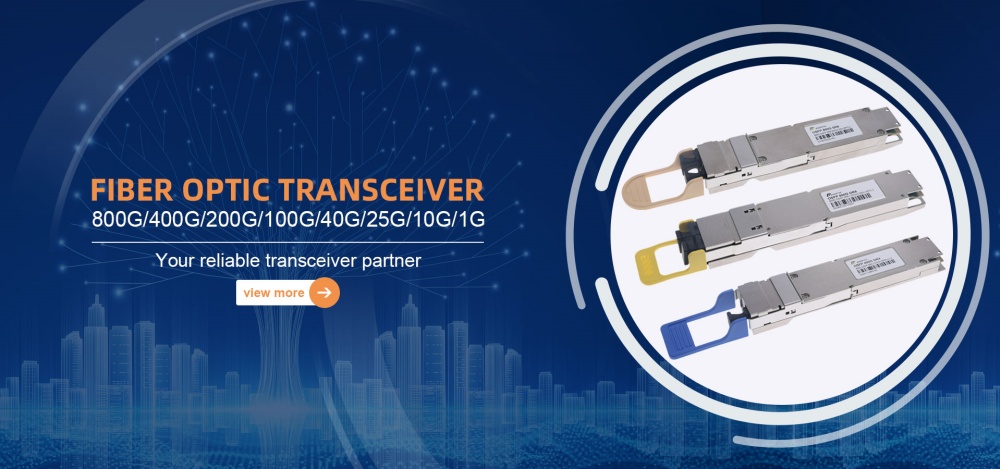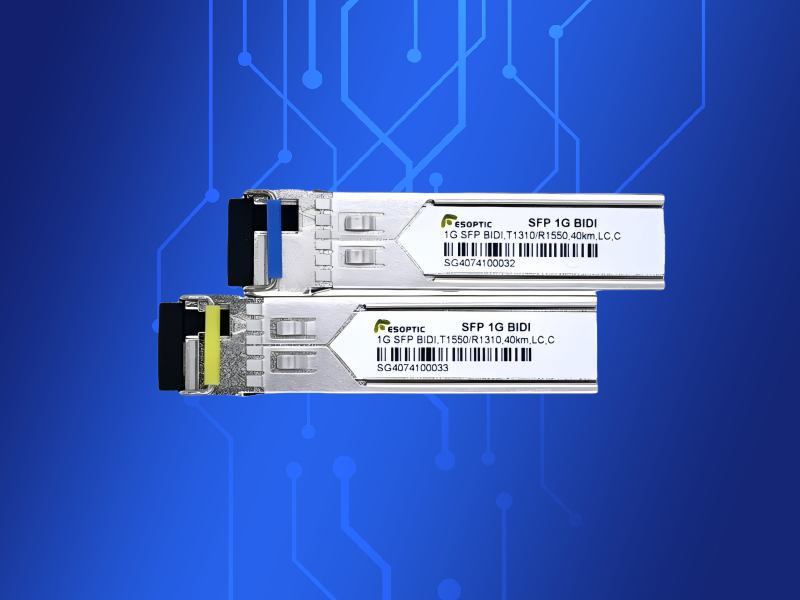Abstract:
Ever wondered what drives today’s high-speed networks? This article explores optical transceiver modules—compact tech marvels that keep data flowing seamlessly across the globe.
What Is an Optical Transceiver Module?
Imagine a small device that’s the unsung hero of modern connectivity. That’s an optical transceiver module in a nutshell. These nifty components convert electrical signals into light and back again, enabling lightning-fast data transfer over fiber optic cables. Whether it’s in a data center, telecom network, or enterprise setup, they’re the backbone of high-speed communication. Compact yet powerful, they’re built to handle everything from short-range links to long-haul transmissions with ease.
How These Modules Work: The Science Made Simple
So, how does an optical transceiver module pull off its magic? It’s a two-part dance: a transmitter turns electrical data into light pulses using a laser or LED, then sends it through fiber optics. On the other end, a receiver catches those pulses and flips them back into electrical signals for your devices. They come in various flavors—think SFP, QSFP, or CFP—each tailored to specific speeds and distances. It’s sophisticated tech, but the result is straightforward: fast, reliable data at your fingertips.
Why Optical Transceivers Matter in Today’s World
Speed is king, and optical transceiver modules deliver. They’re the reason you can stream, browse, and work without a hitch, even as data demands skyrocket. For businesses, they mean efficient networks with minimal lag—crucial for cloud computing or real-time analytics. They’re also energy-efficient and support longer distances than copper alternatives, making them a go-to for sprawling infrastructures. In short, they’re quietly revolutionizing how we stay connected.
Choosing the Right Optical Transceiver Module
Picking an optical transceiver module isn’t a one-size-fits-all deal. You’ll want to match it to your network’s needs—consider data rate (like 10G or 400G), distance, and compatibility with your switches or routers. Installation’s a breeze: most are hot-swappable, plugging right into existing ports. Whether you’re upgrading a small office or a massive data hub, there’s a module designed to fit. It’s about finding the sweet spot between performance and practicality.
The Future of Optical Communication Technology
Where are optical transceiver modules headed? Think faster speeds and smarter designs. As 5G rolls out and IoT explodes, these devices are evolving to handle denser, more complex networks. Innovations like coherent optics are pushing boundaries, squeezing more data into every light pulse. They’re not just keeping up—they’re setting the pace for tomorrow’s connected world, from smart cities to global internet backbones. Exciting times lie ahead.
Summary:
Optical transceiver modules are the heartbeat of modern networks, delivering speed and reliability. They’re essential tech paving the way for a faster, smarter future.
FAQs
Q: What’s the lifespan of an optical transceiver module?
A: Typically, they last 5-10 years, depending on usage and environmental conditions.
Q: Are they hard to install?
A: Not at all—most are plug-and-play, requiring no special tools.
Q: Can they work with older equipment?
A: Yes, many are backward-compatible, but always check specs first.
Q: Why are they better than copper?
A: They offer higher speeds, longer reach, and less signal loss.
Q: What speeds do they support?
A: From 1G to 400G and beyond, depending on the transceiver module type.


